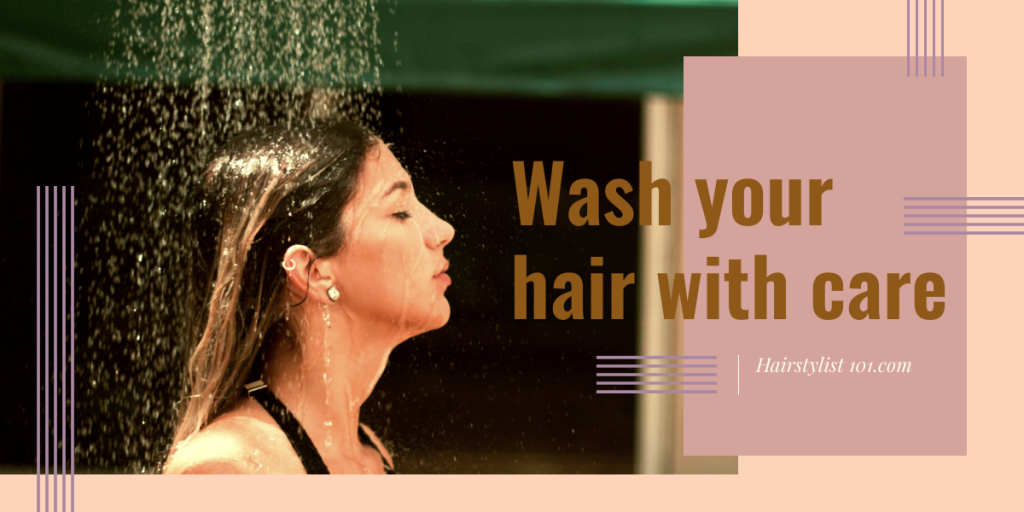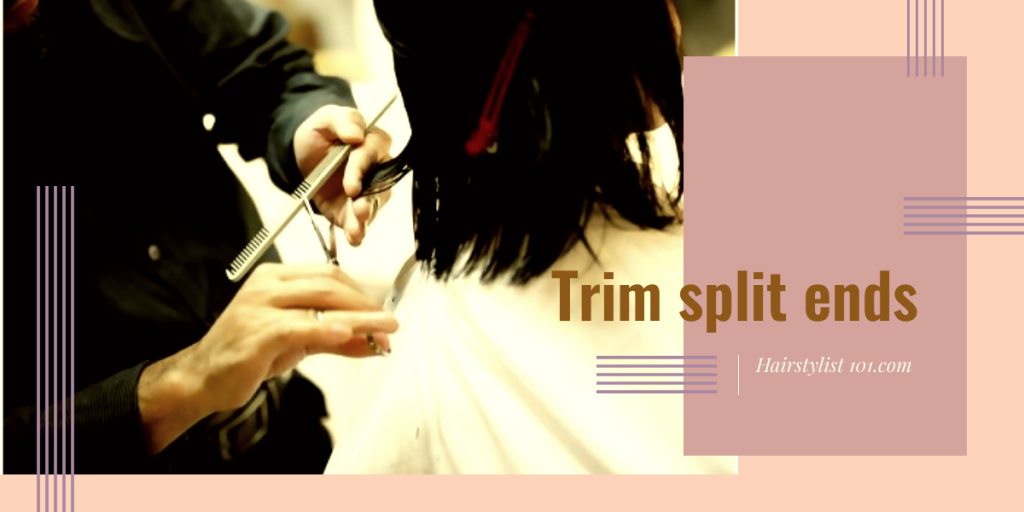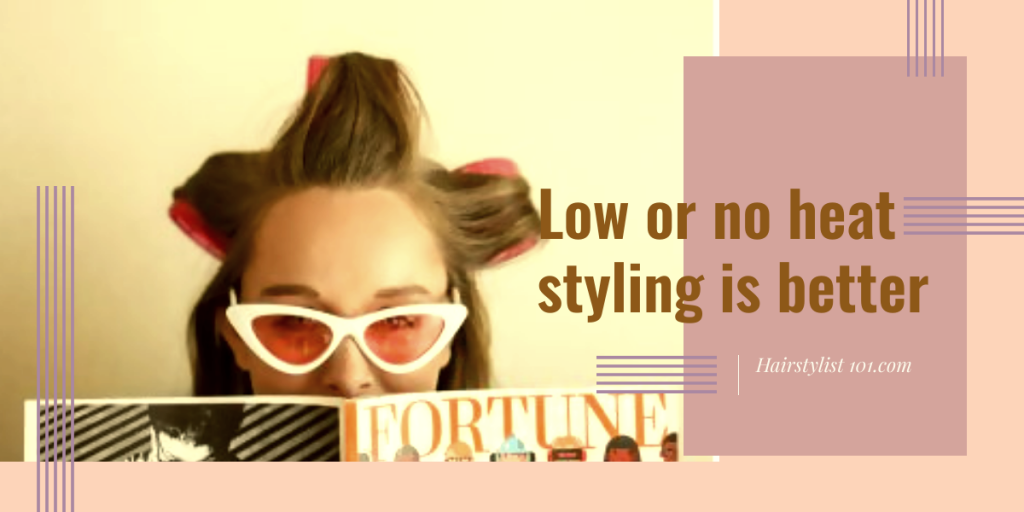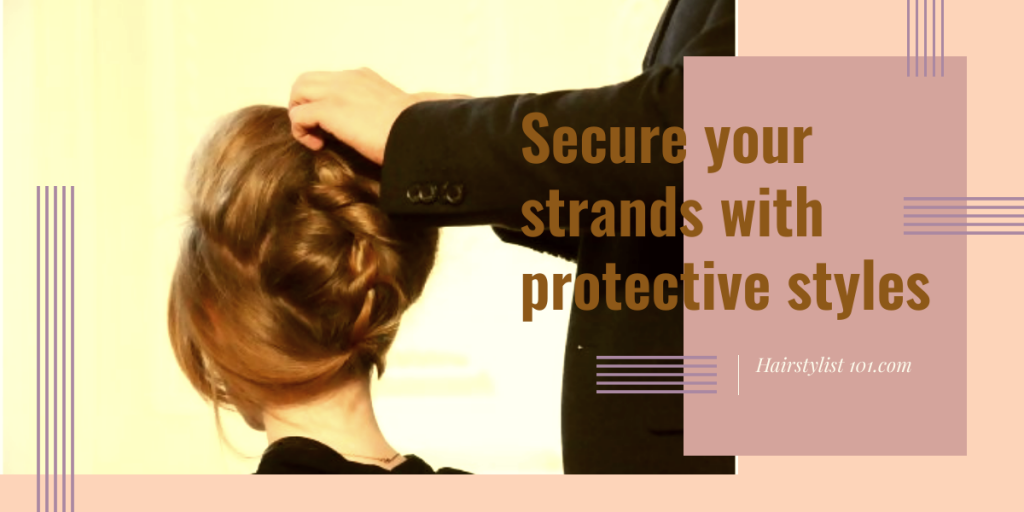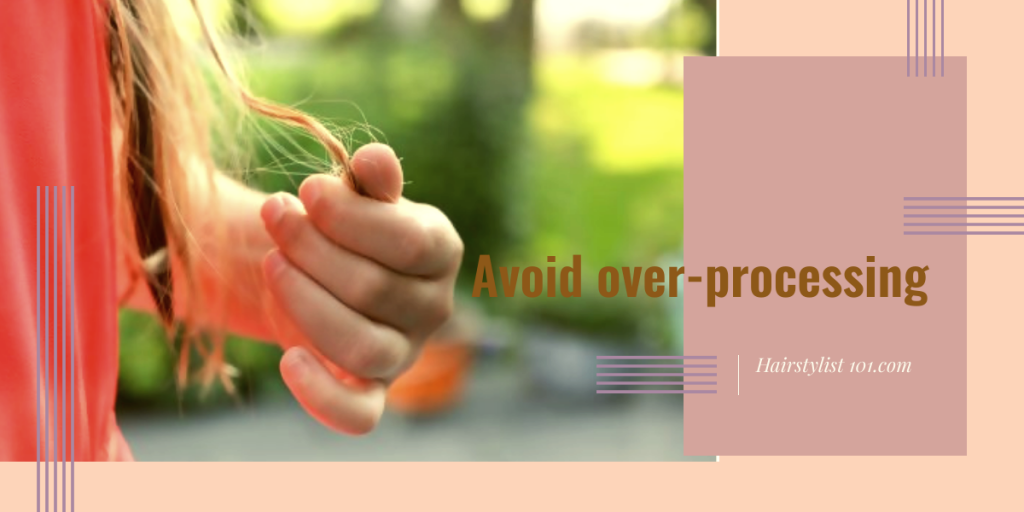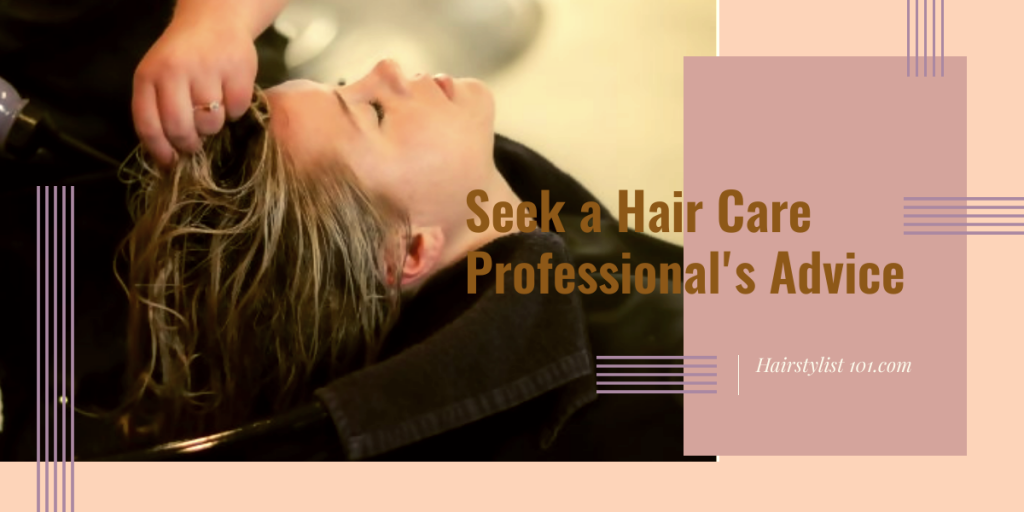[et_pb_section fb_built=”1″ _builder_version=”3.0.47″][et_pb_row _builder_version=”3.0.48″ background_size=”initial” background_position=”top_left” background_repeat=”repeat”][et_pb_column type=”4_4″ _builder_version=”3.0.47″][et_pb_text _builder_version=”3.21.3″ background_size=”initial” background_position=”top_left” background_repeat=”repeat”]
Over the years, society has associated hair with beauty, youthfulness, strength and even, masculinity. There are plenty of things that one can do with hair and one of the most popular is having relaxed hair. Knowing what products work effectively will help in growing out healthy relaxed hair.
There are different ways to take proper care of your relaxed hair and make it grow. Avoiding hair breakage or damage can definitely help increase hair length. There are hair care procedures and treatments that can be done at home or with a hair care expert. Learn how you can keep your relaxed hair healthy and growing through the following tips.
Understanding Relaxed Hair
Relaxed hair is a popular treatment, especially among women. It is important to understand what the treatment is to help you care and grow your hair. The process involves using a special type of lotion or cream that is called a relaxer.
Relaxers contain chemicals that break down hair component to change its texture. It is commonly used by people with curls to “relax” the hair, resulting to straighter hair. The process can be drying, and the hair needs to be cared for and nourished properly.
Caring for Relaxed Hair
Wash your hair with care
One of the easiest things that you can do at home is to wash and condition your hair. This is to help remove excess oil and build up from your scalp and hair. In addition, the build-up can prevent hair from growing.
Wash your hair at least every 2 weeks or once a week using a moisturizing shampoo. Choose shampoos that are gentle and sulfate-free.
There are products available on the market that are made for relaxed or treated hair. It helps to check product labels so that you can pick the best products for you.
If possible, avoid using shampoo and products with drying ingredients such as alcohol. It is also important to remember that too much shampooing can be drying.
Wash gently and give your scalp a good massage to promote hair growth. When towel drying, avoid rubbing vigorously as this can cause hair breakage. You can also try air drying instead.
If you would like to try skipping the shampoo, you can opt for co-washing or conditioner-only washing. Cleansing conditioners keep the hair and scalp moisturized. These differ from regular conditioners in product formulation and typically contain natural ingredients such as aloe vera, cocoa butter, olive oil, and avocado.
However, people with fine or thin hair may not benefit from co-washing, because the product may weigh the hair down.
Also, remember to avoid over washing. Too much washing can lead to drying. Some hair care experts also add that relaxed hair is weaker when it is wet.
Moisturize but don’t overdo it
The process of relaxing strips the hair of its natural oils. Without proper moisture, hair can get easily damaged, and relaxed hair is usually fragile. There are different methods that you can do at home to moisturize your locks.
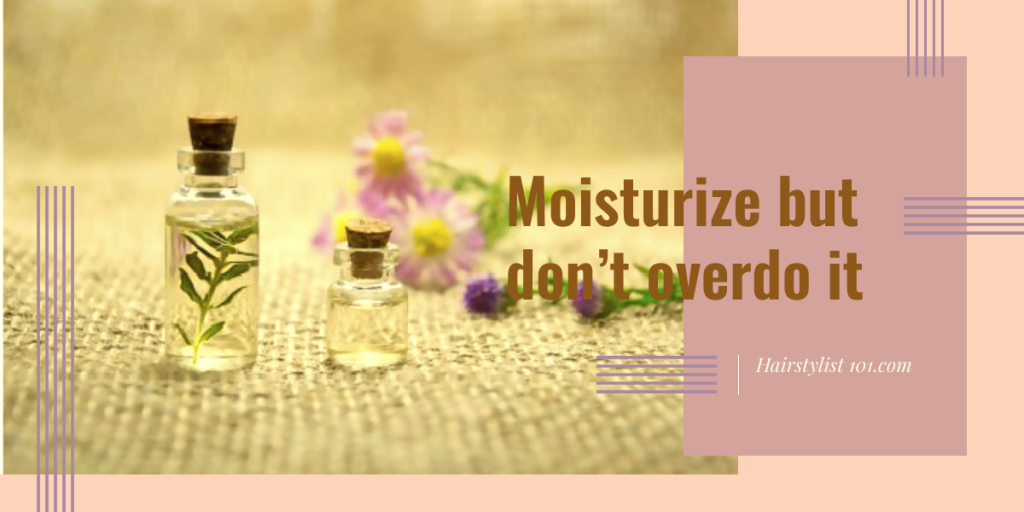
First is by is using a conditioner. Use good quality conditioner after every shampoo to lock in moisture. You can opt to look for products that are made for chemically treated hair. Another is to do deep condition at least once a week to re-hydrate your locks. Twice a week is ideal if you observe more hair breakage. You may also choose a protein-based deep conditioner. Deep conditioning protects the hair from further damage. There are many products available on the market for this purpose.
For more natural options, you may deep condition with coconut oil, argan oil or mashed avocado.
Next tip is to use a moisturizer or a leave-in. This also helps restore moisture in your hair, leaving it soft and shiny.
Generally, hair moisturizing products can either be oil-based or water-based. These differ in application. Avoid using products with heavy ingredients such as petroleum and mineral oil.
Replenish protein in your hair
Protein is the basic component of the hair. Special protein treatments replenish the protein in the hair and boost the hair strength. These differ from conditioners that are protein-infused.
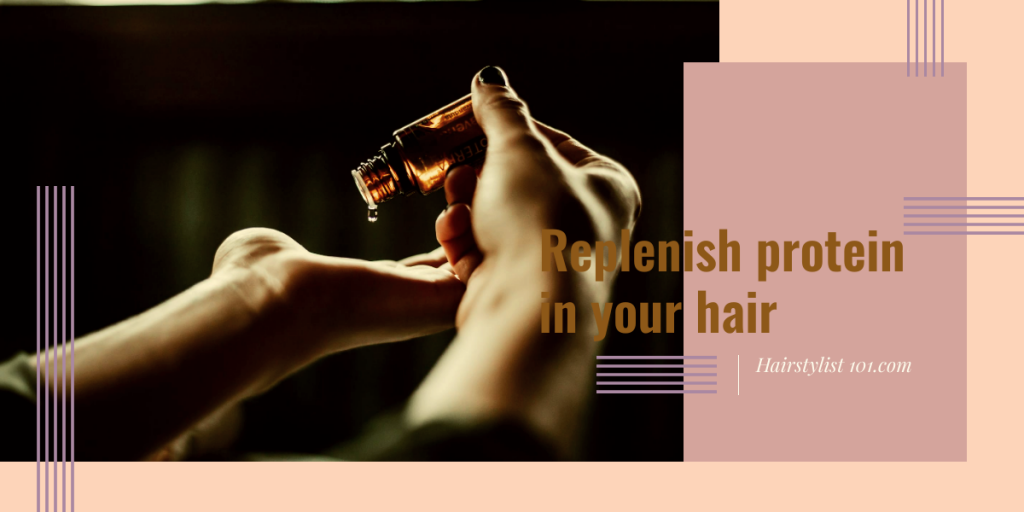
Different protein treatment products are available and can vary in ingredients, such as shea butter, yogurt, manuka honey, and essential oils. You can find the product that is best for your hair. Always follow label instructions.
You may also try homemade protein treatments. These can target and nourish the outside of the hair. How often you need to do protein treatment depends on your hair condition, it can be done once every four or six weeks.
Trim split ends
Trimming may be counter-intuitive especially if you’re growing your relaxed hair.
How does trimming help? Relaxed hair can be prone to split ends. It is important to remove damaged ends, as these negate hair growth.
Split ends can travel up to the hair shaft and can lead to further hair damage. Trimming keeps hair healthy as it grows.
You should trim half an inch every six to eight weeks. During the cooler seasons, split ends may happen frequently so adjust your schedule as needed to keep your hair in optimum shape.
Secure your strands with protective styles
Examples of protective styles are buns, braids, French twists, updos. Doing these minimize breakage by immobilizing the hair, therefore protecting the hair strands. and keeps them from getting frizzy. Protective hairstyling does not directly make hair grow faster, instead, it helps maintain hair length.
While it may be tempting to leave your hair in protective style, don’t keep it for too long. Avoid doing this frequently. Allow your scalp and hair to breathe in between protective styles.
Wearing a satin wrap or bonnet can also protect your hair during sleep.
Low or no heat styling is better
Use as little heat as possible when styling your hair. Excessive heat can alter the protein composition of your hair, making it weak. Styling with heat can make the hair very dry and prone to split ends or damage.
You may want to consider using heat protectants. There are leave-in conditioners that contain thermal protectants.
Alternatively, there are ways to style your hair that do not require heat such as giving it more body by teasing from the roots with a comb. Oils and creams can be used to make it more manageable. You may also use foam rollers, satin rollers, rod sets, and hair extensions to style your hair instead of using heat.
Handle your hair with care
Relaxed hair can be fragile or brittle, so harsh products and excessive brushing can only lead to more breakage and hair fall. If you really need to use strong chemical-based hair products, it is better to have this done by a hair professional or licensed cosmetologist.
Untangle your hair gentle using seamless combs. These will not catch on your hair and cause breakage unlike harsh bristles.
Also, look out for extreme sun exposure. You can use scarfs, umbrellas and hats to protect your head from the harmful rays of the sun. When swimming, use caps. Pool water usually contains chlorine that can affect your hair.
Avoid over-processing
Over-processing or overlapping happens when there is excessive usage of hair chemical treatments. This will make your hair extremely vulnerable to breakage. The texture of your hair will become very different and thin.
For instance, applying relaxer on newly relaxed hair is one way to commit overlapping. Hair dyeing after relaxing is another way of over-processing.
Take a breather. Depending on how healthy your scalp and hair is, rest for a minimum of two to four weeks. Consult a hair expert before starting a new treatment.
Be mindful of your diet
Drink plenty of water, it’s a source of hydration for your scalp and hair. Include healthy protein-rich food in the diet to help your body produce keratin, which is vital to hair structure. Exercise regularly.
If it’s challenging to maintain a healthy diet, supplements such as vitamin B complex and folic acid are great for healthy hair too.Hair vitamins are also available to promote healthy hair growth.
Seek Hair Care Professional Advice
Every hair is different. A hair care expert or a licensed cosmetologist can help you assess and evaluate your hair.
When in doubt, experts can help you figure out what your hair needs. They can recommend the best products and maintenance suited for you.
Experts stress this again and again, never relax hair that has been recently relaxed. They advise that you leave hair chemical treatments in the hands of licensed professionals. Do-it-yourself methods can be risky.
Relaxed hair also needs retouching. While you may do this at home, be sure to follow instructions given by your stylist to avoid over-processing and major damage.
How often should you touch up your hair? Experts recommended eight to sixteen weeks spacing between touch up sessions. Follow this carefully to avoid suffering from permanent hair loss due to damage.
Invest in a trusted hair professional who can help you touch up, re-color, trim, and maintain your healthy and growing relaxed hair.
[/et_pb_text][/et_pb_column][/et_pb_row][/et_pb_section]
